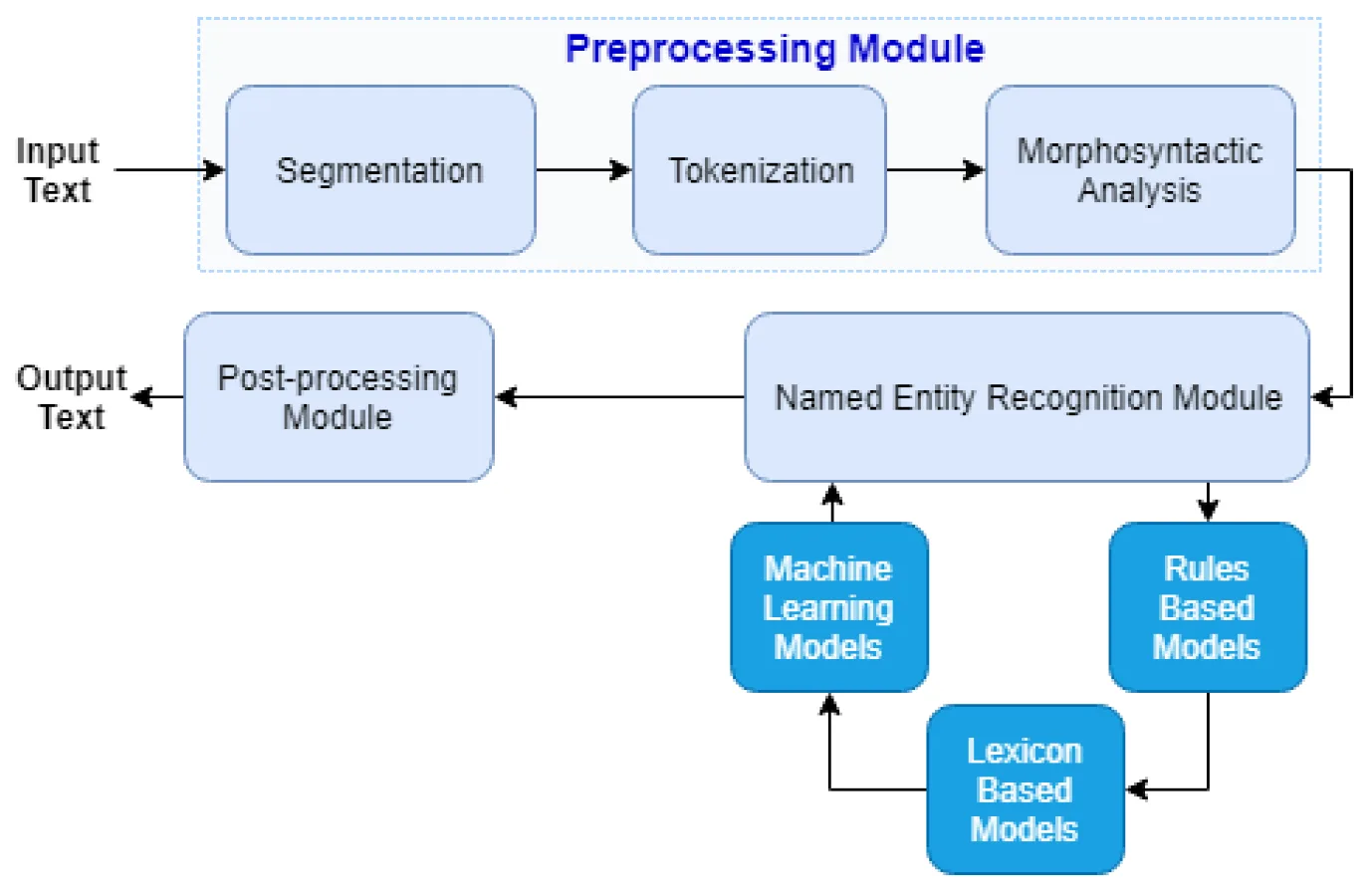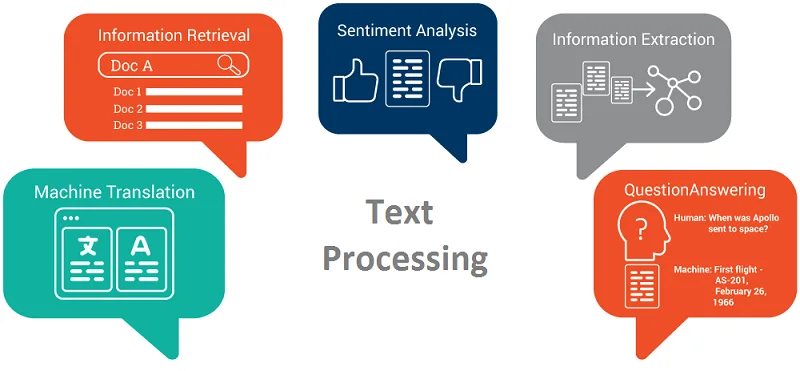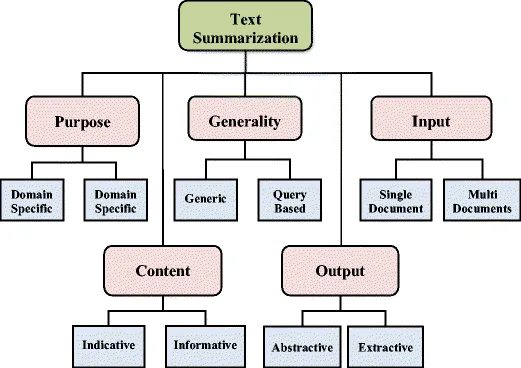Advanced Text Analysis has emerged as a pivotal field in tapping into the power of language for various applications. In this era of digital abundance, understanding and extracting meaningful insights from vast amounts of text data is crucial. Natural Language Processing (NLP) is the cornerstone, enabling machines to comprehend, interpret, and generate human-like text. This blog surveys the elaborate vista of advanced text analysis techniques, delving into the fundamental principles of NLP and the key components that drive sophisticated analyses. Moreover, the applications of summarization techniques, focusing on working with an efficient summarizer or summary tool, will also be elucidated.
Natural Language Processing (NLP) Fundamentals:

At the heart of advanced text analysis lies natural language processing (NLP), the crucial link between machines and human language. NLP empowers computers to comprehend, interpret, and respond to textual data, transcending language barriers through pattern recognition and coherent response generation. From part-of-speech tagging to sentiment analysis, NLP’s fundamental techniques lay the groundwork for advanced text analysis. Decoding NLP unveils the mechanisms enabling machines to process vast textual data with human-like comprehension. Understanding NLP fundamentals is pivotal for grasping subsequent advanced text analysis techniques, where machine learning algorithms, integral to NLP, adapt to diverse linguistic structures, guiding machines through the language labyrinth toward unprecedented possibilities in information extraction and understanding.
Critical Components of Advanced Text Analysis:
Advanced Text Analysis is a dynamic discipline, deriving strength from critical components that collectively drive its effectiveness. The essential elements forming the backbone of sophisticated text analysis include:
Linguistic Features: Identifying elements like parts of speech, syntax, and semantics is fundamental for understanding text structure and meaning.
Statistical Models: Leveraging statistical models allows systems to discern patterns within textual data, supporting tasks like text classification and sentiment analysis.
Domain-Specific Knowledge: Incorporating domain-specific knowledge enhances contextual understanding and enables tailored analysis for specific industries or subjects.
Named Entity Recognition (NER): NER plays a crucial role in categorizing entities, such as names and locations, enriching the depth of text analysis.
Feature Engineering: Selecting and transforming relevant features from raw text is vital for building effective models and enhancing analysis accuracy.
Machine Learning in Text Analysis:
Machine learning propels the evolution of text analysis, transforming how systems interpret textual data. The pivotal role of machine learning in advancing text analysis encompasses algorithms learning patterns, making predictions, and adapting to language’s dynamic nature.
Supervised Learning: Models trained on labelled datasets learn relationships, excelling in tasks like text classification.
Unsupervised Learning: Techniques like clustering unveil hidden patterns in unlabeled text data.
Deep Learning: Neural networks exhibit prowess in capturing complex relationships and enriching text analysis.
Transfer Learning: Utilizing pre-trained models accelerates learning, enhancing performance in diverse domains.
Continuous Learning: Models adapt, continuously improving language understanding by incorporating new data, ensuring relevance in evolving linguistic landscapes.
Applications of Summarization Techniques:
Summarization techniques and summarizer tools are vital in distilling extensive information into concise, meaningful knowledge and finding diverse applications across advanced text analysis.
Information Retrieval: Aiding in extracting relevant data from large documents streamlines information retrieval for researchers and decision-makers.
Content Summarization: Facilitating concise summaries caters to reader preferences, especially those with limited time or attention spans.
Document Summarization: Condensing large documents into coherent summaries offers quick overviews without sacrificing crucial information.
News Summarization: using an Automated summary tool can contribute to swift news dissemination, providing concise summaries for enhanced reader accessibility.
Legal Document Summarization: In the legal domain, summarization streamlines reviewing processes by extracting essential information from lengthy documents, facilitating faster decision-making.
Social Media Content Summarization: Amidst the information flood on social media, summarization techniques help users efficiently grasp the essence of discussion and emerging trends.
Data Analysis: Summarization aids analysts in synthesizing insights from textual data, extracting key trends and patterns, and facilitating informed decision-making in diverse domains.
Challenges in Text Analysis and Summarization:
With its transformative potential, text analysis encounters numerous challenges that necessitate nuanced solutions. Intrinsic to text analysis and summarization techniques, these hurdles involve complexities in extracting accurate and meaningful insights from diverse textual data.
Ambiguity and Context: The inherent ambiguity and context-dependent nature of language challenge accurate interpretation and understanding of the true meaning behind words and phrases.
Diversity of Language: Varied languages, dialects, and linguistic nuances pose challenges in developing universally applicable text analysis models across different domains.
Subjectivity and Tone: Deciphering subjective elements like sarcasm or sentiment requires models to discern context-specific nuances, presenting a formidable challenge.
Handling Noisy Data: Noise in text data, including typos and informal language, necessitates robust models capable of handling such variations.
Scalability: The exponential growth in textual data requires scalable algorithms and systems capable of handling large datasets without compromising performance.
Ethical Considerations: Addressing ethical concerns, including model bias, privacy, and responsible technology use, becomes paramount as text analysis influences decision-making.
Real-time Processing: Developing text analysis systems for real-time insights presents a challenge, requiring swift information processing without compromising accuracy.
Evaluating the Effectiveness of Summary Tools:
In the realm of distilling information, the evaluation of summary tools becomes paramount. Key considerations in assessing their performance include:
Content Retention: An effective summary tool should succinctly retain essential content, accurately reflecting main ideas and necessary information.
Coherence and Flow: Generated summaries must maintain logical coherence, presenting information in an easily followable sequence.
Relevance to Keywords: Evaluation based on how well the tool captures and emphasizes content related to specific keywords.
Length and Conciseness: Ideal tools offset conciseness and completeness, covering critical points without unnecessary details.
Diversity of Content Handling: The summarizer should adapt to diverse content types, from news articles to technical documents, considering different linguistic styles.
User Feedback: Incorporating user feedback provides insights into practical usability and tool acceptance.
Comparative Analysis: Comparing outputs under similar conditions offers a benchmark for assessing relative effectiveness and identifying areas for improvement. Rigorous evaluation against these criteria empowers users to make informed decisions, ensuring generated summaries align with efficient information extraction and comprehension goals.
Conclusion:
In conclusion, the field of Advanced Text Analysis presents a potent interplay between Natural Language Processing, machine learning, and summarization techniques. As we deal with linguistic complexities, challenges, and the evaluation of tools, it becomes evident that the transformative potential of text analysis lies in its adaptability and innovation. From distilling information for rapid decision-making to enhancing comprehension across diverse domains, the route through advanced text analysis underscores its pivotal role in identifying the complex nature of language, opening avenues for unprecedented insights and efficiency.
Cite This Work
To export a reference to this article please select a referencing stye below:











